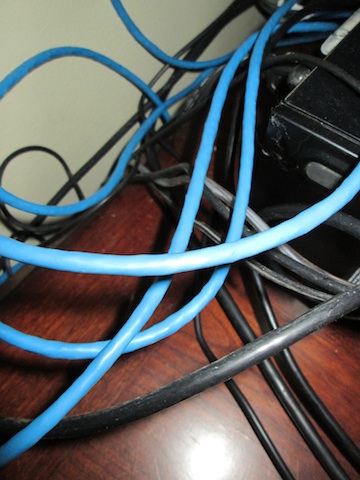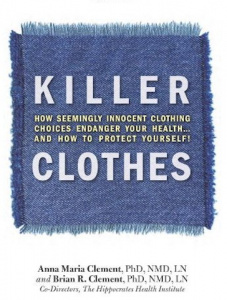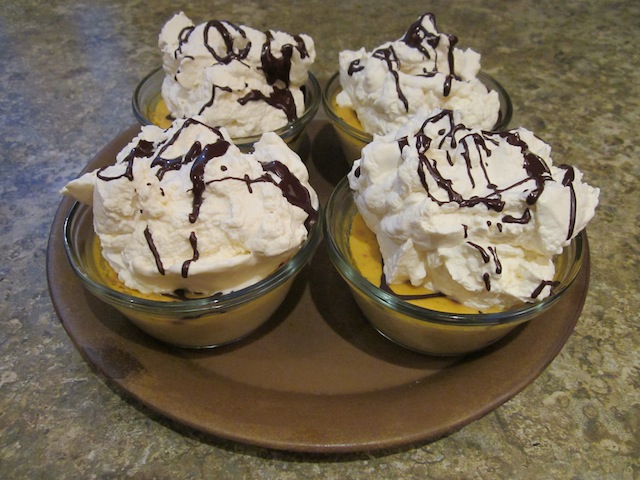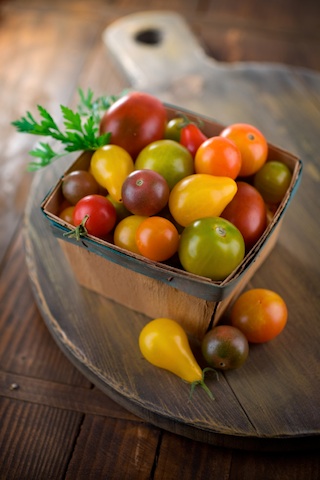“Look on my works, ye Mighty, and despair!”
Ozymandias by Percy Bysshe Shelley

Our world is a tangle like the back of my computer. Watch where you tack your boat or you will end up in Port-fool-you.
Some unfortunate person asked me for investment advice. I just thought the readers of eatkamloops.org might enjoy my response. But first the disclaimer: I am not responsible for the outcome of your investment decisions!
Port-fool-you. Sorry, for making up words but I have to laugh about these things or I might start crying and end up a puddle of water on the floor.
I want to tell a story about my “backyard”. There is a copper mine going in. It’s big, really BIG. It will cover ten square kilometers and employ 1000 men for the build-up and 300 men permanently. It’s going to be great for my business because I am in the last industrial park before the mine. I will be rewarded richly for just being “lucky” with my location.
But the mine will contaminate the little water that is on the Knutsford Plateau. One of the biggest ranches in Canada, Sugarloaf Ranch has been bought out by the copper mine so they could have the surface rights too. Jocko Creek Ranch where I get my lamb and beef animals, will have several hundred acres going under a tailings pile. We will just have to say good-bye to the pasture improvements made over two generations.
A lake I drive by will be gone. Some people say that’s okay because its just an alkaline swamp anyway. We can say good-bye to the colony of Red-Winged Blackbirds that inhabit a swamp near the main road to the mine. By the way, that swamp is the most ecologically diverse place in this area. When society needs copper, despoiling an area is a price worth paying. All I hear about the mine is all the “great” jobs that will come from this project but I hear little about how the environment will be charged.
The big disconnect I see is that people don’t seem to wonder why they get paid such great wages or why their port-fool-you increases. Do they not realize that there is money in “raping and pillaging” the environment? And what about the health of the people downstream from the mine? Do we think about their long-term health? No. We are just looking for a nice fat return on our port-fool-you, thinking that this will be a great thing.
Have you done any meaningful work for the dividend or increase in your stock port-fool-you? Think about it. Are you adding to the problems of the world or solving the problems of the world with your investment strategy? Or are you just trying to save your own butt? Looking for a “big fat return” on your money just brings the cliff closer for us all.
Get a small piece of land. Grow your own food. Live in a very small house. Make your own energy. Learn the meaning of “enough” and stop buying junk. Stop supporting the “people” and “organizations of people” that are raping and pillaging the planet. These actions are enough to change the world.
Love, Caroline

On the left is my home in the Ironmask Industrial Park which used to be an old gold and copper mine. In the foreground is Shaen's pasturing project. Over the hill to the right is where the copper mine will go in. Humans have always altered their environment. Each of us needs to think carefully about our actions because "on mass" we cause the outcome.
If you would like to learn more about Shaen’s pasturing project please see Brittle Grassland Pasture Update: Photo Essay. See what just one man can do to transform a desert into a pasture on a limited budget. Seems kind of silly now. Just imagine what a thousand men can do to the environment with an unlimited budget. If you liked Port-fool-you please read Wrong Turn, What if?, and Pick Your Poison or Change Your Life. The most effective tool against oppression and slavery is an awake mind.
It?s 3:23 in the morning
and I?m awake
because my great great grandchildren
won?t let me sleep
my great great grandchildren
ask me in dreams
what did you do while the planet was plundered?
what did you do when the earth was unraveling?
surely you did something
when the seasons started failing?
as the mammals, reptiles, birds were all dying?
did you fill the streets with protest
when democracy was stolen?
what did you do
once
you
knew?
Hieroglyphic Stairway by Drew Dellinger



